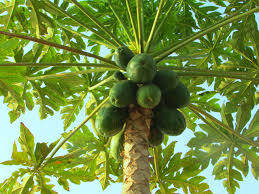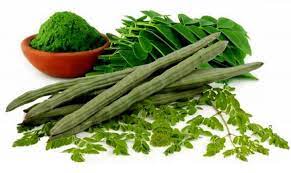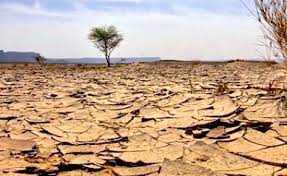
Nigerian agriculture is characterized by considerable regional and crop diversity. Analysis of this sector, particularly the food sub-sector, is fraught with serious data problems.
However, the available statistics provide a broad overview of development in agriculture upon which we can make some broad generalizations about its role in economic development and structural change in Nigeria.
In the 1960s, the agricultural sector was the most important in terms of contributions to domestic production, employment and foreign exchange earnings. The situation remained almost the same three decades later with the exception that it is no longer the principal foreign exchange earner, a role now being played by oil.
The sector remained stagnant during the oil boom decade of the 1970s, and this accounted largely for the declining share of its contributions. The trend in the share of agriculture in the gross domestic product (GDP) shows a substantial variation and long-term decline from sixty percent (60%) in the early 1960s through forty-eight point eight percent (48.8%) in the 1970s and twenty-two point two percent (22.2%) in the 1980s.
Unstable and often inappropriate economic policies (of pricing, trade and exchange rate), the relative neglect of the sector and the negative impact of oil boom were also important factors responsible for the decline in its contributions.
On its diversity, Nigerian agriculture features tree and food crops, forestry, livestock and fisheries. In 1993 at 1984 constant factor cost, crops (the major source of food) accounted for about thirty percent (30%) of the gross domestic products (GDP), livestock about five percent (5%), forestry and wildlife about one point three percent (1.3%) and fisheries accounted one point two percent (1.2%).
One of the food crops grown in Nigeria is Cowpea (Beans). Cowpea is an important source of protein in both urban and rural Nigeria; not surprising, therefore, is also the fact that Nigeria is also the largest producer and consumer of cowpea in all of Africa.
Cowpea grain contains about twenty-five percent (25%) protein, and sixty-four percent (64%) carbohydrate and its potential in the alleviation of malnutrition among resource poor farmers is inestimable.
Cowpea flour is used in the preparation of akara (fried cowpea paste), danwake (cowpea dumplings) and moin-moin (steamed cowpea paste) and surely provides working mother the opportunity to prepare this favorite meal with the comfort it provides.
Cowpea can be grown under rainfed conditions as well as by using irrigation or residual moisture along river or lake flood plains during the dry season, provided that the range of minimum and maximum temperatures is between 28 and 30°C (night and day) during the growing season.
Cowpea performs well in agroecological zones where the rainfall range is between five hundred (500) and one thousand, two hundred (1,200) mm per year.
In Nigeria, cowpea yield is very low. Grain yield ranges between one hundred (100) and three hundred (300) kilogramme per hectare. This is due to several constraints such as low yielding seedling, weather, parasitic weeds or insects, and diseases.
Cowpea (Vigna unguiculata) is one of several species of the widely cultivated genus Vigna.
Four cultivated subspecies are recognised:
Vigna unguiculata subsp. cylindrica Catjang
Vigna unguiculata subsp. dekindtiana
Vigna unguiculata subsp. sesquipedalis Yardlong bean
Vigna unguiculata subsp. unguiculata Black-eyed pea
Cowpeas are one of the most important food legume crops in the semi-arid tropics covering Asia, Africa, southern Europe and Central and South America. A drought-tolerant and warm-weather crop, cowpeas are well-adapted to the drier regions of the tropics, where other food legumes do not perform well.
It also has the useful ability to fix atmospheric nitrogen through its root nodules, and it grows well in poor soils with more than eighty-five percent (85%) sand and with less than zero point two percent (0.2%) organic matter and low levels of phosphorus.
However, production can be improved through the use of improved pest-resistant and high-yielding varieties. Good land preparation, pest control, fertilizer application, harvesting and storage also help to improve production.
More than 11 million hectares are harvested worldwide, ninety-seven percent (97%) of which is in Africa. Nigeria harvests four million, five hundred thousand (4,500,000) hectares annually. The crop can be harvested in three stages: while the pods are young and green, mature and green, and dry.
There is high demand for cowpea flour in Nigeria. The potential for export market in Europe, America and other continents with substantial Africans in Diaspora is also quite high. The consumption of cowpea flour for “moin-moin”, “akara”, etc cuts across religion, tribe, social status, etc in Nigeria.
The national demand estimate for cowpea flour is in excess of two hundred thousand (200,000) tons per annum. The current level of supply is less than twenty percent (20%) of the estimated demand.






















